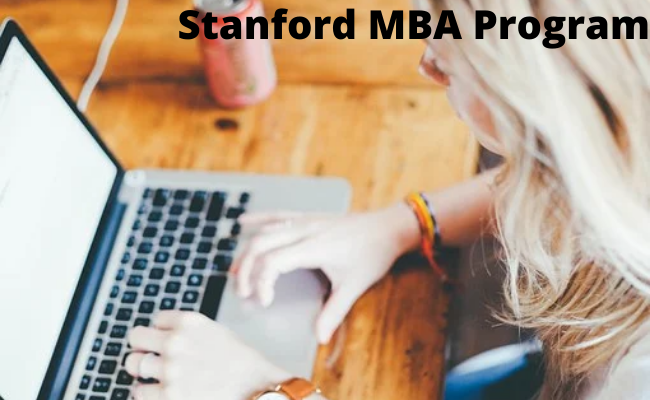How do I begin?
Read up everything regarding admission from Stanford’s official website and other data shared by alumni. Research the institute, its principles, its campus, events, culture, the program details, and more.
If you can find details of any of the alumni like their email ids, LinkedIn, or other social media profiles, try to connect with them and find out what they did. This helps big time.
Cover gaps in your profile
Once you know the profiles of some of the alumni, it is natural for you to feel inadequate. One reason is, they have highlighted the best parts of themselves, and you need to learn to do this too. Keep a list of your achievements and where and how you have made a difference.
In case you feel you can enhance your skill sets or augment any areas, work on them right away.
Taking the GMAT /GRE
A score of 700+ of GMAT is expected, with an average score of 737. Exceptions of scores like 680 have been admitted at Stanford.
Alumnus Manish Gupta, who also managed a full scholarship, advises applicants to prepare well – mocks help a great deal – and stay calm on the day of the test.
While some people have advised that a GRE score of 330 is ideal, there is no data on the preferred score.
Stanford has officially not specified a minimum score requirement.
Shortlist institutes
Make a list of B-schools for round one and two. This is crucial as one needs a backup in case round one fails.
Find your scholarship
Many applicants may not be aware of scholarships, so find out and apply for one. You stand a good chance of saving on the hefty fees.
What is the ideal profile?
Contrary to popular misconception, Stanford does not insist on a technical degree at the undergrad level. They look for diversity instead.
Stanford MBA on its applications page states that “Past actions usually are the best predictor of future behaviour.” That’s the reason why we have categorized the application into two parts.
Kirsten Moss, assistant dean, and director of MBA admissions and financial aid at Stanford says they like candidates who
- think out of the box
- act with integrity
- function innovatively
- have a proven track of a positive impact in their organizations
- have been leaders who have steered their teams towards the right path
- have manifested leadership qualities at work
- prove intellectually exuberant
What is the next step?
Stanford asks for your past accomplishments while asking you to speculate on your future goals. For the former, you need to submit:
- GMAT / GRE score
- Undergraduate GPA
- TOEFL / IELTS score
- Resume
While you can work on giving your best shot at GMAT / GRE and TOEFL / IELTS tests, you can not change your undergraduate grades.
You must keep your resume crisp. List your accomplishments and details of your work experience. Stick to Stanford’s guidelines and keep it focussed on displaying your profile in an easy to read manner. Your resume should demonstrate your ability to think clearly, innovate, prioritise, and lead in the right manner.
How should I approach the essays?
Stanford mandates the submission of two essays:
- What matters to you and why?
- Why Stanford?
The first essay should display how you think and react in disparate circumstances. You will have to chronicle your significant life experiences and how they have shaped you. Define your goals and say what makes you stand out.
The second essay should specify how the Stanford program will help you in reaching your goals, what you hope to take home, and how the program or the college can shape your future.
In both essays, as in your resume, authenticity is the key. Do not sound like someone you are not or do not plan to become. Exclusivity and individuality in essays are pivotal to clearing them through the admission committee.
What should the letter of recommendation say?
You need to produce two letters of recommendation. One from your current supervisor and the other from a person who has supervised you.
Talk with your recommender about your application and show them what you have written in all your application data so that the information you provide is consistent with what the recommender states.
Stanford asks the recommender to answer three questions. Discuss the answers they must provide with the recommenders so that you look and sound consistent.
The wait is worth it
Submitting your application naturally ends in awaiting the acceptance call. Once you have done the processes starting from the research thoroughly, you might feel confident of grabbing a seat at Stanford. And with careful planning and diligence, you should be confident of the admission too.
All the very best!
Stay connected with fellow students on PaGaLGuY for GRE exam preparation
Stay connected with fellow students on PaGaLGuY for GMAT Exam Discussions
